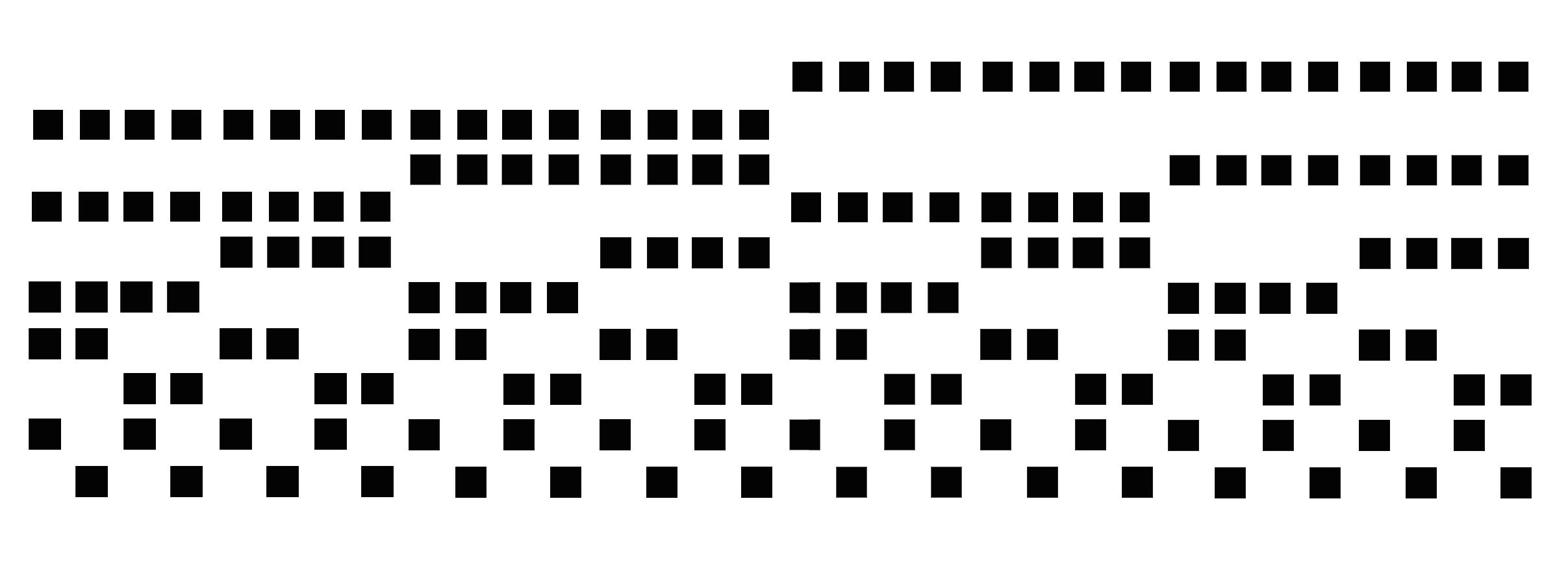Omnifarious + Pneumatic Multiplexer
2015
Through this project I sought to create an efficient way to control large number of actuators independently, in an efficient way.
Omnifarious is a kinetic sculpture demonstrating the concept of shapeshifting objects. In the future I envision matter to be fluid, to be able to transform itself to transmit information, to morph to meet our immediate needs. Imagine a wall that can predict your trajectory and open itself to allow you through it. Imagine sitting at a co-working space and the chair morphing to support your unique body. Then disappearing into the floor as you walk away.
Inspiration/Motivations:
There are things in code that are really easy to do, economics work a very different way from our physical world. For example making 10,000 of anything. In the past I have been amazed by projects that can move thousands of components independently.
Through this project I wanted to make hardware a little more like software, building a system that would allow people to control large quantities of outputs using only a few inputs. I was interested in optimizing limited resources, in a more descriptive form:
Outputs=(Inputs/2)^2
e.g., 20 inputs = 100 outputs or 200 Inputs = 10 000 Outputs
Pneumatic Multiplexer
What is Air Logic?
Air logic is a field of pneumatics very similar to electrical circuits, where you can have relays, limit switches, AND gates, NAND gates, OR gates, amplifiers, and so on. The only difference is that electrical current is replaced by compressed air; think about it as a mechanical circuit (here is a great article describing air logic).
The idea was to create a grid where you could individually address any square in it by controlling the states of rows and columns. All the members in a row would be connected together by one line and all the members in a column would be connected by another line. A switch in each square would open only if the combination of pressure between both lines was the right one.
Testing
I did a couple of iterations, until I was comfortable with the design. For the testing I was using smaller grids of 4 by 4 for a total of 16 outputs. I was also using long "animal" balloons since these would very easily allow me to monitor air flow.
It took a while to get it working, lots of leaks in the process and a lot of learning on how to make 3D printed parts seal.
Putting everything together
There is still a lot of work to be done for this to really get to where I want it. Nonetheless my time as a full time artist in residence at Pier 9 has ended. It has been an extraordinary experience in so many ways that I won't even start listing.
If you want to learn more feel free to visit the instructable, where I go in a lot more detail along the process.
edit (feb 2017).
The system could be a lot more efficient, if instead of a n-by-n grid we were to use a single column and multiple rows as shown here. Only controlling the rows and not the columns. This method was inspired by a paper on microfluidics and multiplexing by Dong Woo Lee, Il Doh, Yoonji Kima and Young-Ho Cho.
In short, every two valves (rows) aded, the output (columns) doubles. Maybe next itteration.




